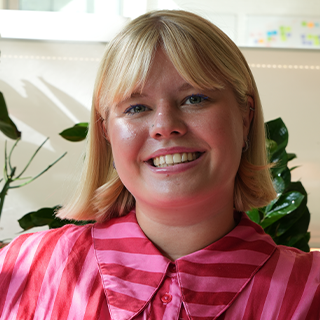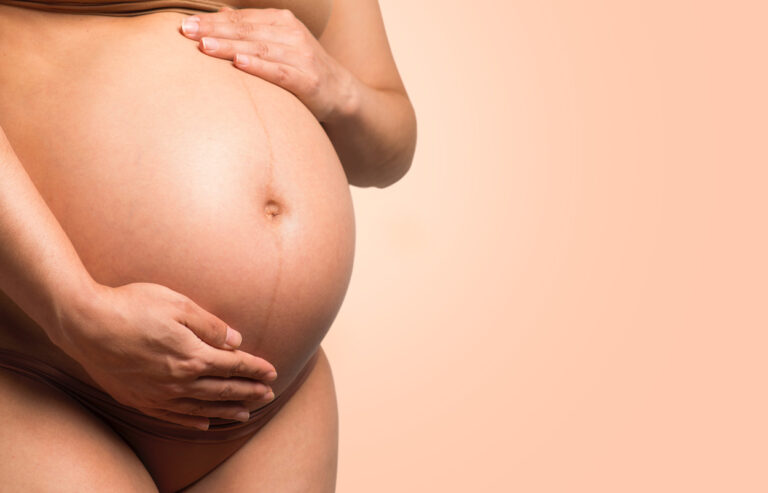Woman shocks medical community by giving birth to twins from two different fathers
A young woman, whose identity remains undisclosed, has recently given birth to two twin boys in Brazil. This wasn’t, however, an ‘average pregnancy’ as the two young newborns have two separate biological fathers—a fact that is bewildering the medical community.
According to UNILAD, the woman, who is originally from Mineiros, Goiás in Brazil, had sex with two men on the same day and soon after fell pregnant. After having given birth, she took a paternity test and discovered that the DNA she had obtained from the man she assumed to have been the father, was only positive for one of the children.
Following this discovery, she contacted the other man she had had previous relations with and it was soon revealed that he was indeed the biological father of the other twin boy. Understandably, the mother was overwhelmed and “surprised” by the shocking results.
The scientific term for this one-in-a-million case is ‘heteropaternal superfecundation’. Speaking to The Guardian about the phenomenon, Jason Kasraie, chair of the Association of Clinical Embryologists, explained, “First, a woman can release two eggs at the same time. Since sperm can survive for a few days in the female reproductive tract, loitering in the corner of the womb and the fallopian tube, it would be possible to have sex with one father-to-be in advance of the egg being released, and another just after ovulation.”
Kasraie continued: “In the second scenario, the woman releases two eggs a few days apart but in the same reproductive cycle.”
Despite the babies having different fathers, it’s understood that only one of the men will be registered on the birth certificate. When referencing the father in question, the mother told local news outlets, “He takes care of both of them, helps me a lot and gives them all the necessary support that they need.”
Speaking with g1, Dr. Túlio Jorge Franco, who treated the young woman at the medical school where he teaches, emphasised how incredible this case truly is. “It’s extremely rare,” the expert said. “It happens one in a million. I never imagined that I would see a case like this in my life.”
It has been speculated that this will indeed be the 20th case of heteropaternal superfecundation ever recorded globally and while this is a shock in itself, it is most important to note that both the mother and her two twin boys are healthy and without any medical concerns.






